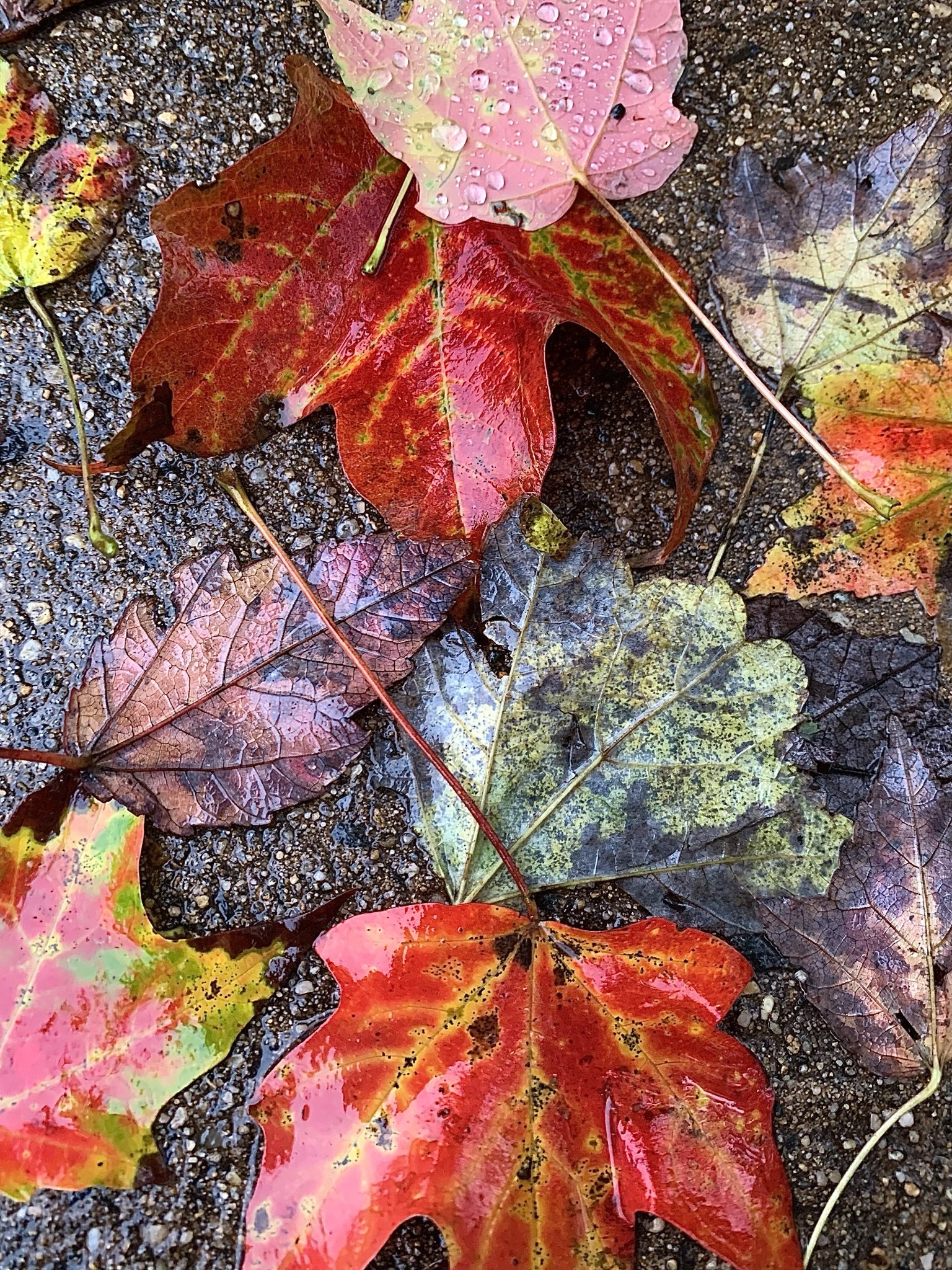Autumn Home Checklist
Home Maintenance for the Fall
Fall home maintenance is about preparing for the upcoming winter (depending on your location’s climate — ours is the delightfully temperamental mid-Atlantic region), but it’s also a great time to just look over your house and determine any projects you want to do during the winter months. A little care during the Autumn will do a lot for your home long-term.
Remember to go easy on yourself if you can’t get everything done. Everyone is at a different season of their own lives, and sometimes those seasons mean home maintenance must take a backseat!
HVAC Maintenance
Have this inspected to make sure it will run before you really need it. You don’t want to run into issues once you really need it!
2. Gutters
If you have gutters, have them cleaned out by an insured and licensed company. When gutters are full of debris they pull away from the house, sometimes taking the fascia boards with them and leaving your roofline poised for leaks. Water overflowing from full gutters can also flow down the house leaving stains and potential for more leaks, so don’t overlook this item.
Wait long enough for many leaves to fall, but not so late that it begins to freeze and snow because that makes it very difficult for the gutter companies to safely access your roof, and your appointment could be pushed way back until it’s safe. If you get heavy rain in November or early snows, make sure to take that into account so your gutters don’t overflow during that time.
3. Fireplace
Make sure your gas or wood fireplace is inspected yearly by a licensed technician before first seasonal use. The best time to have it inspected is in the summer, when no one else is making the same appointments!
4. Window Tracks
I use white vinegar and water with a drop of dish soap, with sponge and paper towels to kill any mildew and clean easily. You could (carefully!) try a hand held steam machine to loosen debris too.
5. Caring for Mums
Deadhead mums (pull off dead flowers or trim to the next leaf/stem) throughout the season to encourage new growth. Make sure they get enough sun. Water at the roots, not from above.
6. To Mulch or Not to Mulch?
There’s much debate about whether fall mulching is beneficial or detrimental. Much of this has to do with the type of plants you have, and your location/weather patterns. Generally the best time to do it is in late spring.
Upsides to a fall mulching: It can prevent heaving that occurs in freeze/thaw areas (when the change in temperature causes plants to rise up out of the garden bed).
But if you mulch in fall, plants may be warm and alive all winter, not hibernating to protect themselves from the frost. It may also interfere with seed germination for self-sowers as the seeds can’t reach the soil as well. So do your research for your individual plants.
If you don’t know where to start and live in the U.S., consider visiting the website for your local county’s Cooperative Extension Office. Many offer programs and advice on agriculture and gardening, sometimes virtually! Take advantage of the local knowledge and put it to work for your garden.
7. Planting Perennials
If you have new potted perennials (flowers that come back each year) on your porch and want them to return next year, plant them in your garden before the first frost.
If you live in the U.S., you can consult an Almanac, ask around the local farmers’ market, or check the local cooperative extension office for frost dates. This year ours is estimated to be around October 15th-20th, depending on who you ask! I’ll aim for before the Extension Office’s early date of the 15th to complete my aster planting. Frankly mine came to me a bit sparse and never filled out, so it may be a waste of time to save them but we’ll see.
8. Outside Faucets
Turn off outside pipes before first frost to prevent freezing and bursting.
9. Washing the Walls
You can use a bucket with a gallon of water with 3 drops of dishwashing detergent. Or 2 teaspoons of vinegar per gallon of water. More is not better in this case. Too much vinegar will damage paint. Make sure the mop or cloth you use is rung out to be only damp (or spray your mixture onto the cloth/mop to avoid over-saturation- you don’t want to soak the drywall! This is for Latex paints only as this method is not suitable for oil wall paints.
10. Organization
Go through your filing cabinets and shred old documents. This is great to do once it’s really chilly outside and you want to do something to make space in your home for the winter.
11. Carpet Care
Not all carpets should be shampooed, and definitely check if you have a warranty what your specific instructions are.
Most allergists will actually recommend fewer carpet shampooings than you’d think, due to the ability for moisture to cause mold. If you must shampoo your carpets, try to do it in late fall, winter, or early spring (or whenever your dry season is). If there’s humidity in the home’s air the carpets take longer to dry, creating a breeding ground for mold, especially overnight when it’s dark.
Humidity is usually higher in the summer depending on where you live, so later in the year is better. Use fans pointed at wall-to-wall carpet to circulate air, and raise up wet or damp throw rugs onto a set of (clean) saw horses, or hang over an outdoor railing, or just raise up onto empty buckets to give some circulation and protect your floors.




